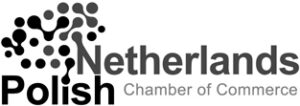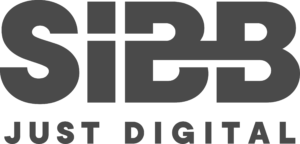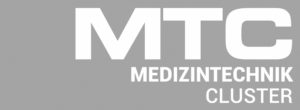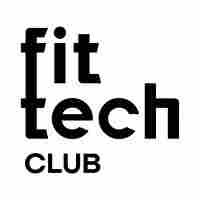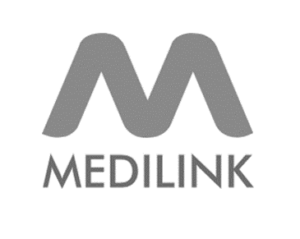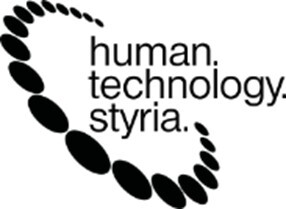The market for medical device technology has grown immensely with an expected global revenue of $595 billion in 2024 and a CAGR of 6.1% and is expected to reach USD 799.67 billion by 2030 growing at a compound annual growth rate of 5.9% throughout the forecast period, according to a Fortune Business Insights analysis.
The global healthcare/wearable medical device market is projected to reach USD 192.14 billion by 2030, growing at a CAGR of 15.8% from 2023-2030.
Medical Devices
A medical device is an instrument, apparatus, implant, machine, tool, in vitro reagent, or similar
article that is to:
- diagnose
- prevent
- mitigate
- treat
- cure
disease or other conditions, and, unlike a pharmaceutical or biologic, achieves its purpose by physical, structural, or mechanical action but not through chemical or metabolic action within or on the body.
Advances of Medical Devices Disease Areas:
The medical technology industry is continually advancing and developing new innovations that improve the health and well-being of patients worldwide:
- Antibiotic Resistance
- Cancer
- Cataracts
- Pain
- Diabetes
- Heart Disease
- HIV/AIDS
- Infectious Disease
- Osteoarthritis
- Quality of Life
- Wound Care
- Healthcare-Associated Infections
Medical Wearables
Wearable technology has commonalities. It must be:
- Worn on the body
- Controllable by the user
- Enhance the user’s experience
Today, wearable technology is more integrated with us than ever; it can either capture data, present data, or do both.
While we are most familiar with fitness trackers that we wear on the wrist (e.g. the Fitbit), wearable devices can range from smart rings, smart clothing, smart glasses (that measure vision performance) and smart ECGs (monitors heart activity).
Health Benefits of Wearable Technology:
- Encourages proactive health
- Keeps patients engaged
- Performs many functions
- Benefits healthcare providers and employers
- Monitors vulnerable patients
- Real-time data collection
- Continuous monitoring
- Predict and alert
- Empowers patients
Despite numerous advantages, wearables come with a specific set of challenges and a few being Big Data and Artificial Intelligence.
Big Data in the Wearable Market
What can these massive amounts of data do?
In terms of healthcare, it could range from improved electronic medical records to enhanced quality of life and better patient care and experience, to predicting specific epidemics.
There is a challenge to process massive amounts of data (volume) from an integrated pool of multiple databases (variety) and ingest and return analytic computations at high speed (velocity) and with high precision (veracity). [source: The promise of big data: Improving patient safety]
Shifting to an integrated data environment is complicated.
Working in healthcare organizations with complex information technology and networks with multiple clinical, financial, and claims systems that must be integrated, set the stage for the big data challenge.
Artificial Intelligence Obstacles in the Wearable Market
As noted, wearable devices are not a new phenomenon. However, with the addition of artificial intelligence (AI) (giving them substantial capabilities) comes fear.
Despite the benefits, the fear surrounding more intelligent solutions can often be a controversial topic. With AI comes the fear of job replacement, less human interaction, and data privacy.
CHT (Compliant Healthcare Technologies), provides technology solutions for medical gas, highlights a quick side-by-side comparison of the pros and cons of AI in healthcare.
Rise of Hidden Wearables
State of the art in wearable technology is not worn on the wrist. It’s attached to the skin – or perhaps even embedded inside the body – while delivering data ranging from the wearer’s heart rate to the frequency of tremors.
The next step for “Invisibles” involves embedded technology.
That means sensor-based devices inserted under the skin or inside a part of the body—say, implanted into a patient’s pulmonary artery.
Move Over Wearables, Make Way for Invisibles
Here the THAUMATEC blog posts collection about Medical Smart Devices and Wearables:
- https://thaumatec.com/knowledge/blog-posts/healthtech-industry-update-best-mental-health-apps-of-2023/
- https://thaumatec.com/knowledge/blog-posts/healthtech-industry-update-7-top-patient-apps-in-ehealth/
- https://thaumatec.com/knowledge/blog-posts/healthtech-industry-update-the-10-best-nutrition-apps-to-download/
- https://thaumatec.com/knowledge/blog-posts/device-for-timely-diagnosis-of-alzheimer-disease/
- https://thaumatec.com/knowledge/blog-posts/healthtech-industry-update-innovations-tackling-youth-mental-health-challenges/
- https://thaumatec.com/knowledge/blog-posts/healthtech-industry-update-tool-to-spot-breast-cancer-at-home/
- https://thaumatec.com/knowledge/blog-posts/healthtech-industry-update-medical-device-using-electrical-nerve-stimulation/
- https://thaumatec.com/knowledge/blog-posts/healthtech-industry-update-protection-of-the-elderly-with-airbag-vests/
- https://thaumatec.com/knowledge/blog-posts/emerging-technologies-for-diabetes-care/
- https://thaumatec.com/knowledge/blog-posts/healthtech-industry-update-new-wearable-medical-sensors/
- https://thaumatec.com/knowledge/blog-posts/healthtech-industry-update-ai-enhanced-ultrasound-for-womens-health/
- https://thaumatec.com/knowledge/blog-posts/thaumatec-healthtech-industry-update-fda-qualifies-apple-watch/
- https://thaumatec.com/knowledge/blog-posts/healthtech-industry-update-20-innovations-in-dentistry-that-will-shape-the-future/
Conclusion:
Medical device technology companies play a pivotal role in diagnosing and providing quality treatment options for patients, improving outcomes, lowering health care costs and promoting economic growth.
Medical device firms worldwide, including start-up companies, providing a wide range of innovative products and services for medical device technologies.
Companies, most with fewer than 100 employees, are in the highly competitive business of creating constant progress through constant innovation.
Here a related Article by TTeletronics:
https://www.ttelectronics.com/blog/medical-wearables/

